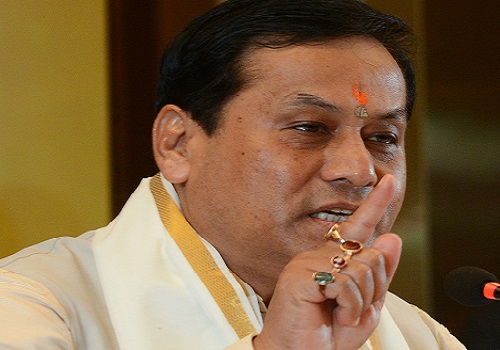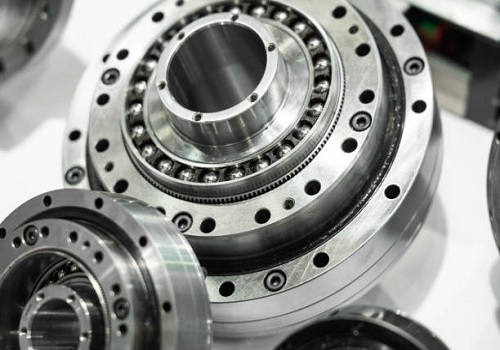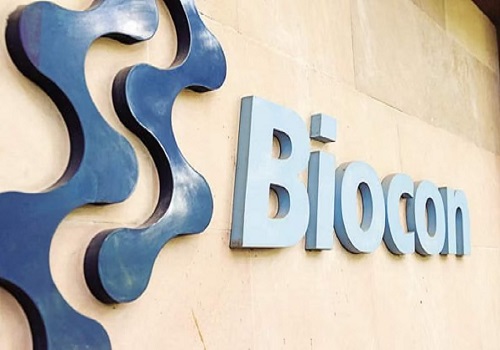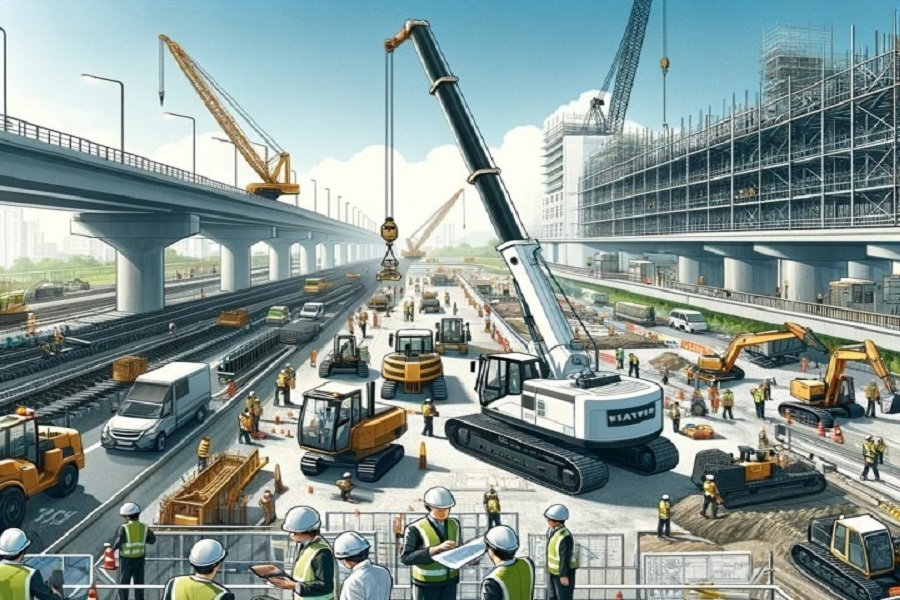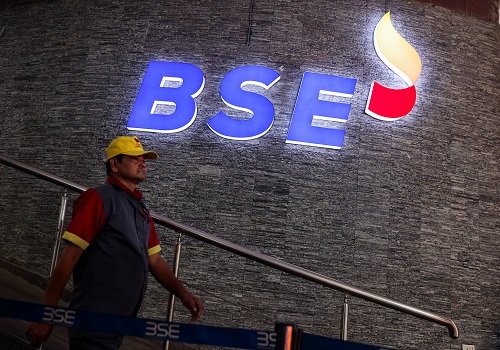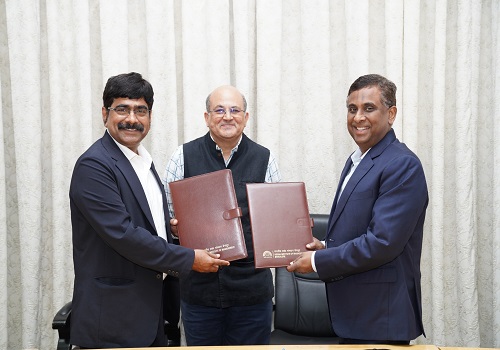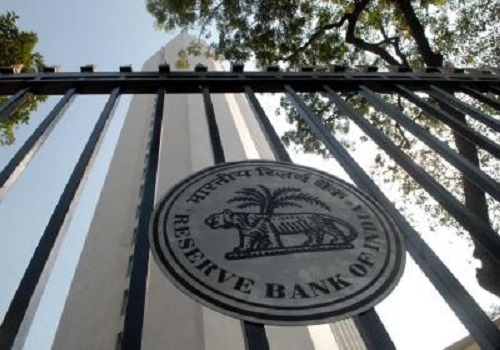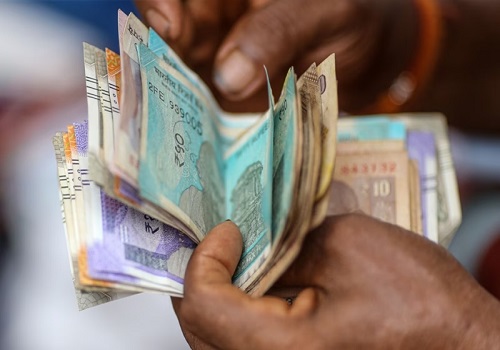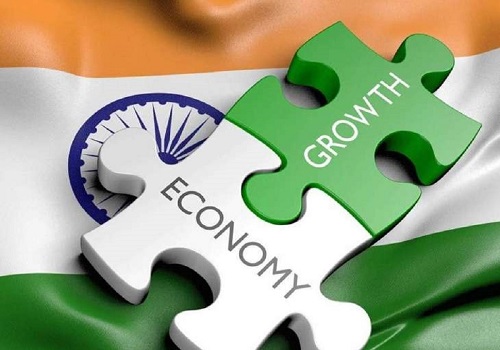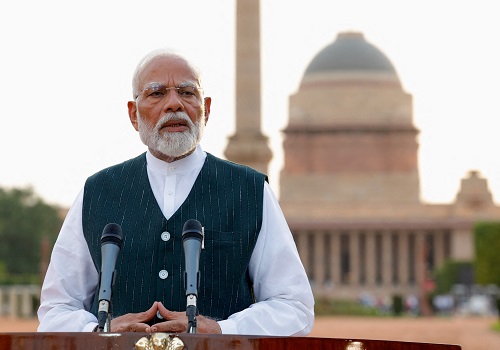India to outpace other major steel-consuming economies in 2025 with demand growth of 8-9%: CRISIL
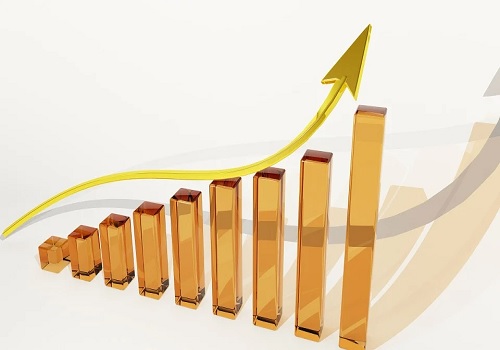
Follow us Now on Telegram ! Get daily 10 - 12 important updates on Business, Finance and Investment. Join our Telegram Channel
CRISIL’s Market Intelligence and Analytics report has said that India will continue to outpace other major steel-consuming economies in calendar year 2025 with a demand growth of 8-9 per cent. This demand will be driven by a shift towards steel-intensive construction in the housing and infrastructure sectors along with better demand from engineering, packaging and other segments. The report, however, highlighted that the domestic supply will remain a point of concern, adding that the demand is estimated to have increased by 11 per cent in India. Competitive imports and a decline in exports also played a role in weaker production growth in 2024.
While finished steel imports increased by 24.5 per cent, exports declined by 6.4 per cent, leading to additional availability of 3.2 million tonnes of finished steel apart from domestic production. This additional material availability accounted for 2 per cent of the total finished steel demand. It stated that the finished steel imports from all key exporters to India have increased significantly in the past few years.
It said, for instance, China has traditionally been an exporter of value-added products and speciality steel such as galvanised and coated steel, alloy steel and stainless steel to India, with a minimal share of hot-rolled coils and strips (HRC) and cold-rolled coils and strips (CRC). However, between 2022 and 2024, while finished steel imports from China increased 2.4-fold, imports of HRC jumped 28-fold. Notably, HRC is used as feed material to produce various value-added downstream products, and these imports are often at a discount to domestic HRC prices, creating price pressure on domestic steel.
Similarly, the overall finished steel import from Japan increased 2.8-fold in 2024 from the base of 2022, while HRC imports increased 16.6-fold. Finished steel imports from Vietnam increased 8-fold, while HRC imports jumped 27-fold. Import growth from South Korea was relatively modest, bringing down its share in India’s finished steel import basket. Moreover, it mentioned domestic steel prices, meanwhile, declined in 2024, impacted by additional material availability due to an increase in net imports. HRC prices declined 9 per cent, and CRC prices declined 7 per cent, thereby slowing the topline growth of domestic mills. Nevertheless, low volatility and declining coking coal prices have helped to lessen margin pressure to some extent.
